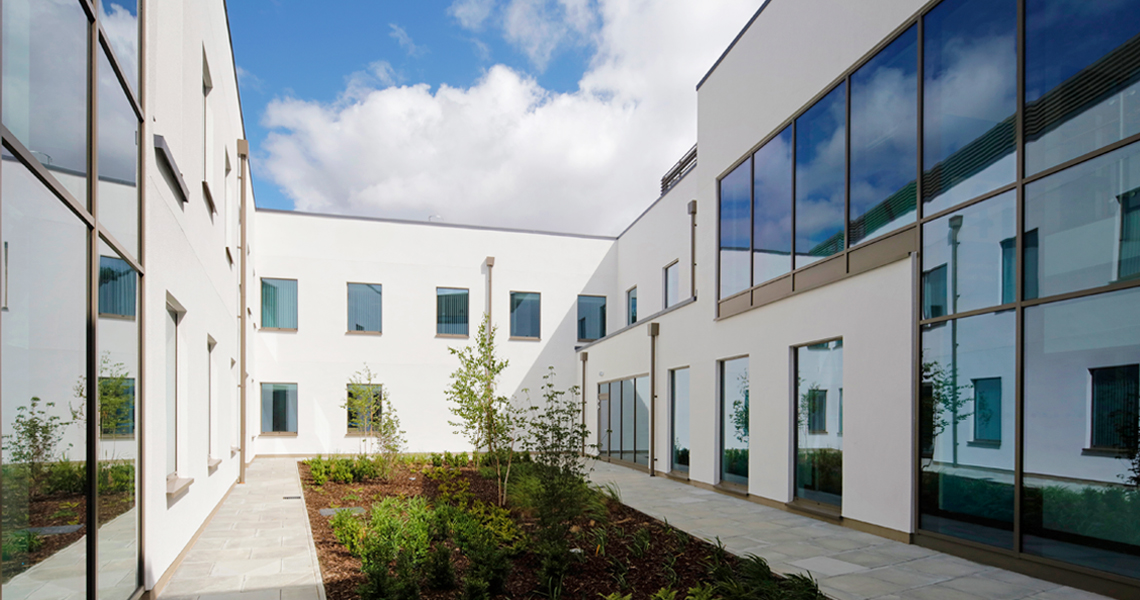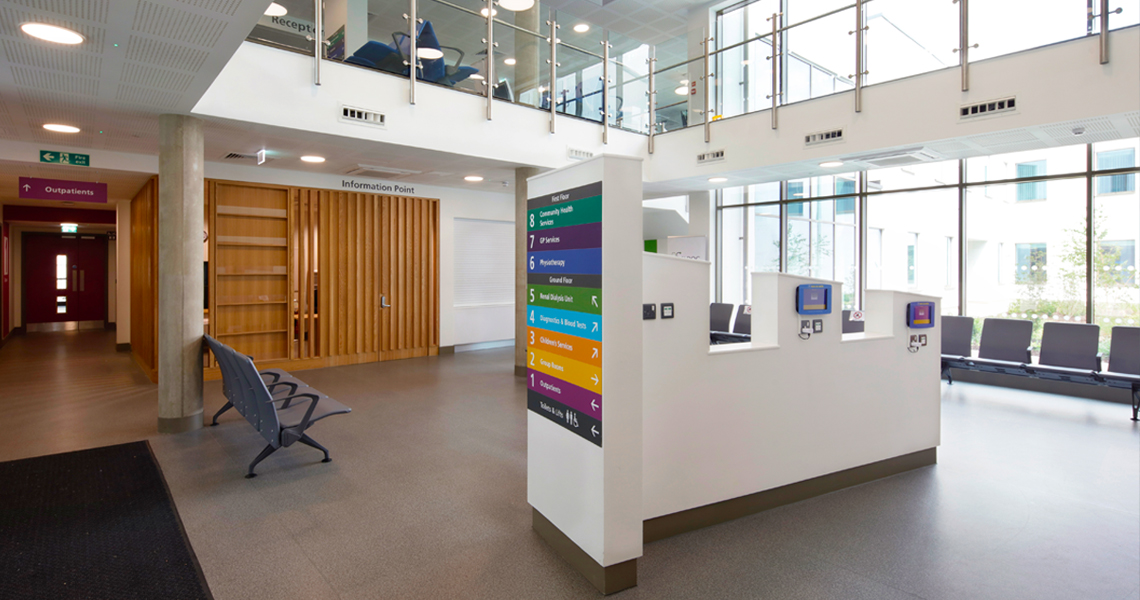Art and Soul: Our Partnership with the Tessa Jowell Health Centre
In this excerpt from In View, editor Alex Morrison explores how Dulwich Picture Gallery's partnership with Tessa Jowell Health Centre is boosting momentum for the arts and wellness movement.
During the uncertain months of spring 2020, a beacon of hope arrived in East Dulwich. Founded on the same spot as the grand Victorian Dulwich Hospital, Tessa Jowell Health Centre – named after the area’s late MP – opened its doors to the local community. This marked the arrival of much-needed health services, housed in spacious, thoughtfully designed buildings, and soon it will represent even more. This November, the centre is beginning its first creative activities with Dulwich Picture Gallery as part of a partnership that seeks to rethink the links between creativity and wellbeing, and bolster a broader, national movement to place the arts as a key part of our health and happiness.
The initiative, which the two institutions have been working on since January, will see the Gallery bring the arts into the centre’s rooms and ways of working, drawing on its own collection, as well as the work fellow creative organisations such as City of London Symphonia and local artists, all with the aim of supporting “a healthier and happier community”, explains Head of Programme and Engagement Jane Findlay.
Programming will be split into three strands: the first two being physical commissions aimed at “enhancing the healing environment”, Findlay says, and live performances and participative activities held on site; and the third focusing on “social prescribing”, which will see the Gallery creating links between patients and arts organisations in the area, and training staff to incorporate those connections into their daily practice. Such an ambitious, multi-faceted project requires experience and expert understanding of the sector, and that is exactly what the Gallery brings.
From ongoing work supporting older people who are socially isolated, to Together Through Art, a collaboration with Slam Recovery College, which offers creative training and development opportunities for adults experiencing mental health issues, the Gallery has spent years building bridges between health and the arts. Findlay says: “for us, this is a chance for the Gallery to really build on all that great work that has been happening behind the scenes and to connect with new audiences.”
The Gallery has found the ideal partner in Tessa Jowell Health Centre, the site having been founded with funding for an arts strategy in place, as well as an arts budget that has been carefully protected by staff including GPs. Gerry Owen, the centre’s estates manager, has been working in the industry for years, and so has “always known about all of the research into the benefits of art for health, from the simplest ‘putting up pictures’, to getting people involved in doing it,” she says. Even the design of the building itself, Owen adds, is such that it caters for creativity. “It is a brightly lit, pleasant, easy-to-navigate building, designed in the hope that it creates the therapeutic environment to start with,” she says.
Organisations dedicated to arts and health have existed for decades, but landmark publications – such as the All-Party Parliamentary Group (APPG) on Arts, Health and Wellbeing’s Creative Health: The Arts for Health and Wellbeing report, 2017, have led to massive growth in the sector. National bodies have also upped the ante: Arts Council England, for example, this year announced its 10-year strategy, Let’s Create, that puts health and creativity side by side, while the NHS announced in its 2019 Long-Term Plan that “within five years over 2.5 million more people will benefit from ‘social prescribing’”.
"there has been a revaluing of arts and creativity and culture since lockdown, and that people are more aware of why it might support their wellbeing”.
Victoria Hume, Culture, Health and Wellbeing Alliance
For those who have led this charge since the beginning, it has been a time of evolution. Paintings in Hospitals, which is set to collaborate on a display as part of the Dulwich Picture Gallery–Tessa Jowell Health Centre partnership, has been running since 1959, formulating a collection of nearly 4,000 artworks which are regularly loaned to healthcare sites across the UK. Over time, it has expanded its activities to include workshops, art walks and other events, and today is a strong proponent of the “co-curation model”, says director Sandra Bruce-Gordon. “if a care home or a community centre was to come to us and say, we'd like to have some artwork, we'd get together a working group of their community and talk about the things that are really important to them.”
This person-centred way of working is a philosophy shared by Findlay and the team at Dulwich, and one that has never felt more important, with the coronavirus pandemic having left many across the country vulnerable to isolation and stress. It’s a situation that has posed a significant challenge for creative organisations working towards health solutions, but one that Victoria Hume, director of the Culture, Health and Wellbeing Alliance, explains many in the sector have tackled head on. “While the dominant narrative has been that the arts have shut down,” she says, “a large proportion of the organisations we represent found ways to adapt.” The consensus, she adds, “is that there has been a revaluing of arts and creativity and culture since lockdown, and that people are more aware of why it might support their wellbeing”.





